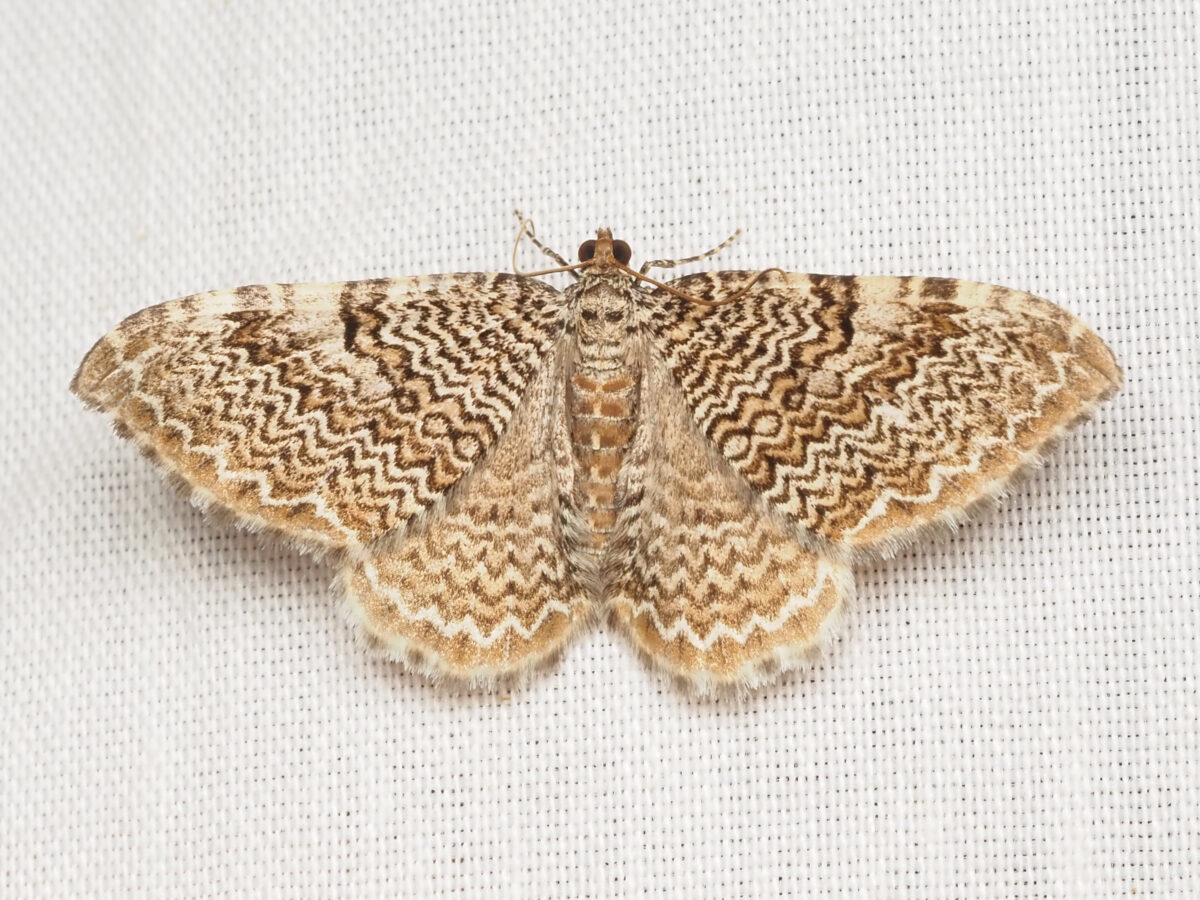Little River Canyon National Preserve leading an economic and conservation renaissance
Reading time: 4 minutes

Last month on October 21st, Jacksonville State University (JSU) along with National Park Service officials and hundreds of citizens celebrated the 25th anniversary of the Little River Canyon National Preserve.
During the day-long celebration, civic leaders, educators and citizens from all walks of life recounted how the community advocated for the canyon, cleaned it up, established a National Preserve, protected the river, developed and started environmental educational programs and founded the JSU Canyon Center.
Today, Little River Canyon National Preserve is a national attraction and gateway to one of the deepest canyons in the East.
Three decades in the making – an economic and conservation renaissance
Three decades ago, no one would have ever dreamed Little River Canyon would become a center for environmental education and an economic engine for the region.
It started in the late 1980s, led by Alabama’s Department of Conservation efforts to rid the canyon of abandoned cars that had been blatantly dumped into the canyon. In total, nearly 140 cars were removed by 1990.

In 1991, country music super-group Alabama and their lead singer Randy Owen attracted national attention to Little River when they released the song “Pass it on down” – a personal plea to preserve “the canyon.”
By early 1992, legislation was introduced by longtime Congressman Tom Bevill to create the Little River Canyon National Preserve, which after heated debate within the local community, passed Congress and became law in October 1992.
That was just the beginning
Following up the establishment of the National Park unit, river advocates proposed that the Alabama’s Environmental Management Commission designate Little River as a Outstanding National Resource Water, the most stringent water quality protection measure by law possible. They were successful.

Also in the 90s, Jacksonville State University (JSU) Little River Canyon Field School was developed, establishing educational programs and outdoor experiences for tens of thousands of students annually.
Soon thereafter, environmental education at Little River Canyon exploded.

“For years we used the classroom at DeSoto State Park, but as frequency of our programs increased we needed more space. And through our partnerships with the community and Alabama Power, JSU envisioned something bigger,” stated Pete Conroy, Director of the JSU Canyon Center.
That led to the construction and opening in 2007 of the JSU Canyon Center, a 23,000 square foot, LEED certified visitor center shared between JSU and the National Park Service. Now, 25 years after the passage of the Little River Canyon National Preserve legislation, the number of visitors and school groups are growing exponentially. (Data from JSU Canyon Center, National Park Service)

JSU Canyon Center School Group visits:
2015-16 – 257
2016-17 – 1760
Overall Visitation at Little River Canyon National Preserve:
2013 – 185,477
2016 – 462,700
In six years, the visitor economic impact has nearly doubled:
2010 – $9.1 million
2016 – $16 million
Little River Canyon has been transformed from a place where people abandoned cars to a national attraction that is becoming a mecca for sustainability and environmental education.
Fueled by the preservation of a natural wonder, the secret to Little River Canyon’s success is its diverse partnerships that includes, Jacksonville State University, the National Park Service, Fort Payne, DeKalb and Cherokee Counties, businesses, conservation groups and countless volunteers as well as local civic leaders and citizens.
Before the creation of the Little River Canyon National Preserve in 1992, JSU’s Pete Conroy testified before both US House and Senate committees in support of Alabama Congressman Tom Bevill’s legislation to establish the park. He prophetically concluded his testimony 25 years ago stating:
“We enthusiastically encourage this Senate Subcommittee to accept and endorse passage of Congressman Bevill’s bill. Congressman Bevill’s legislation will provide the area with economic opportunity that is so desperately needed and most importantly it will protect the primary resource: Little River Canyon. Finally and in closing, let’s have things like conservation, tourism, education, science and economic growth lead us to this important decision.”

And indeed – conservation, tourism, education, science and economic growth continue to lead the way.
For more information about the JSU Little River Canyon Center regarding its plans, programs, partnerships and facility rental opportunities, call 256-782-8010 or 256-845-3548.



